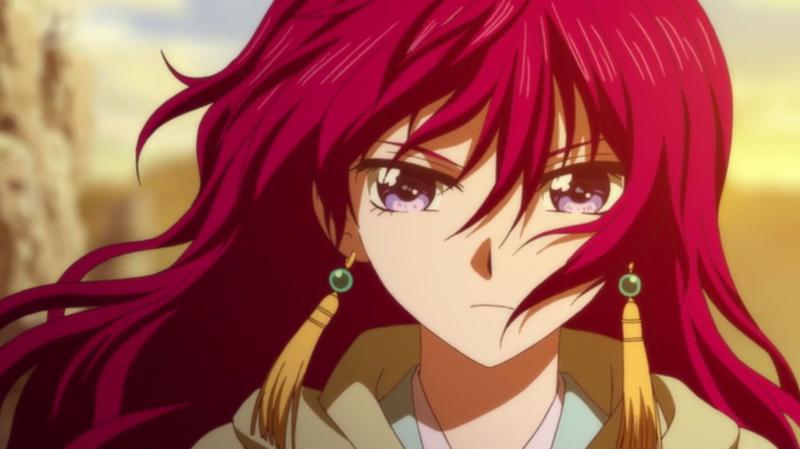
Yona of the Red Dawn is something of a reverse harem. Yona surrounds herself with various types of anime male tropes: the perverted ladies man, the beautiful boy, the childhood friend, the shy boy, and the wild boy. Although, the story is clear about which she prefers.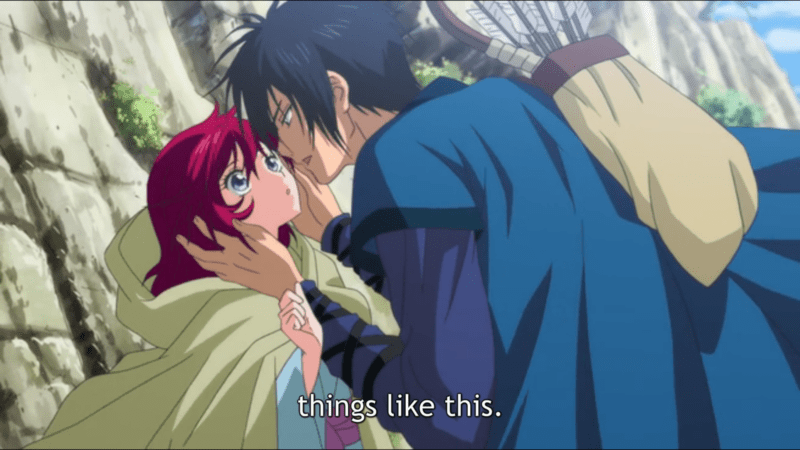
The anime is a bit on the weepy side. Yona spends a lot of time tearing up, but gradually she grows as a character. The biggest problem with this series is the pacing. It feels uneven. At times Yona will regress and then shift forward into her more confident self. However, you can’t expect a princess to go from sheltered to warlord in a single quick montage. The anime does a good job of realistically charting her progress despite being a little uneven. People will regress at times.
The anime suffers from time constraints and a too large cast for the allotted episodes. Many of the characters are trope sketches. Character tropes are useful for conserving time, but they can sometimes be a crutch that prevents character development. In this case, the tropes act as crutches. In Yona most of the time is spent on Yona and Hak, the other characters see little screen time comparatively. They often remind us of what trope they represent: “I am a beautiful boy” is one such line.
Yona of the Red Dawn is a refreshing change from the usual high school schluck. They story draws the historical-fantasy world well. The Chinese aesthetic is a little odd with Japanese language, but it would only bothers those who focus on history. At times modern slang leeches into the subtitles. These phrases feel out of place and break the suspension of disbelief.
As for the anime quality, it is fair. Action sequences remain consistent. Unlike some anime, they rarely reduce to panned still frames. Music is forgettable.
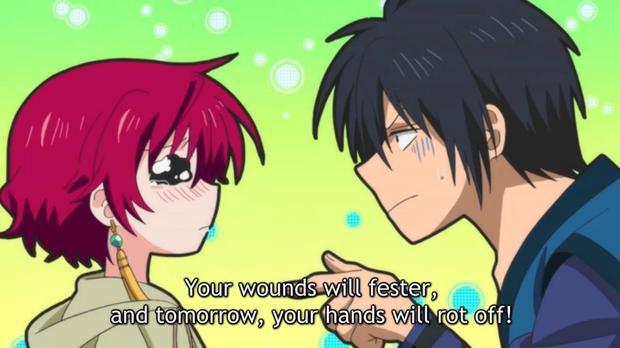
Yona spends much of its time exploring class roles. Yona comes from the highest elite class that shelters its members from the lower classes. When she runs into suffering for the first time, the event shakes her world view. The story is similar to what Siddhartha encountered. Siddhartha–later known as Buddha–was a prince shut away from the suffering of the world. He lived in a harem with beautiful women and far away from material needs. One day, he traveled outside the walls of the palace and encountered his first view of sickness and death. This encounter forever changed his outlook and eventually led to him becoming the Buddha and inspiring millions to live with a compassionate outlook on life. The story portrays Yona as having similar potential.
While it seems silly to say an anime like Yona of the Dawn carries valuable lessons, stories are how we learn. One of the most common questions people have as they age deals with suffering. Why does God allow suffering? The answer is quite simple as this anime and the story of the Buddha reveal. Suffering teaches compassion. Without suffering people cannot grow in empathy. Yona and Buddha both were self-centered while shut away from the suffering of others. Only when they see suffering and experience it themselves do they realize compassion. Suffering unites people through its common experience. It breaks down the superficial barriers we put up between ourselves and others. Yona of the Dawn handles this theme well. Yona’s heart expands as she encounters people from different walks of life and perspectives. She suffers, but her soul grows.
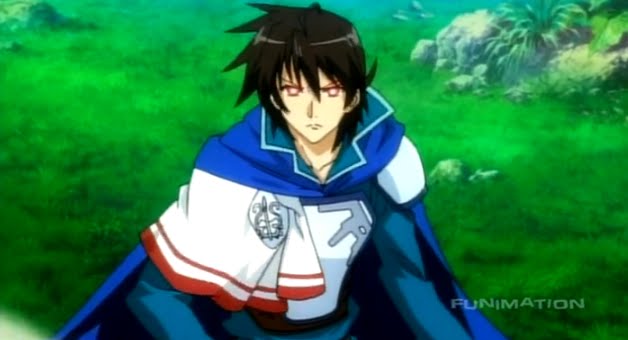
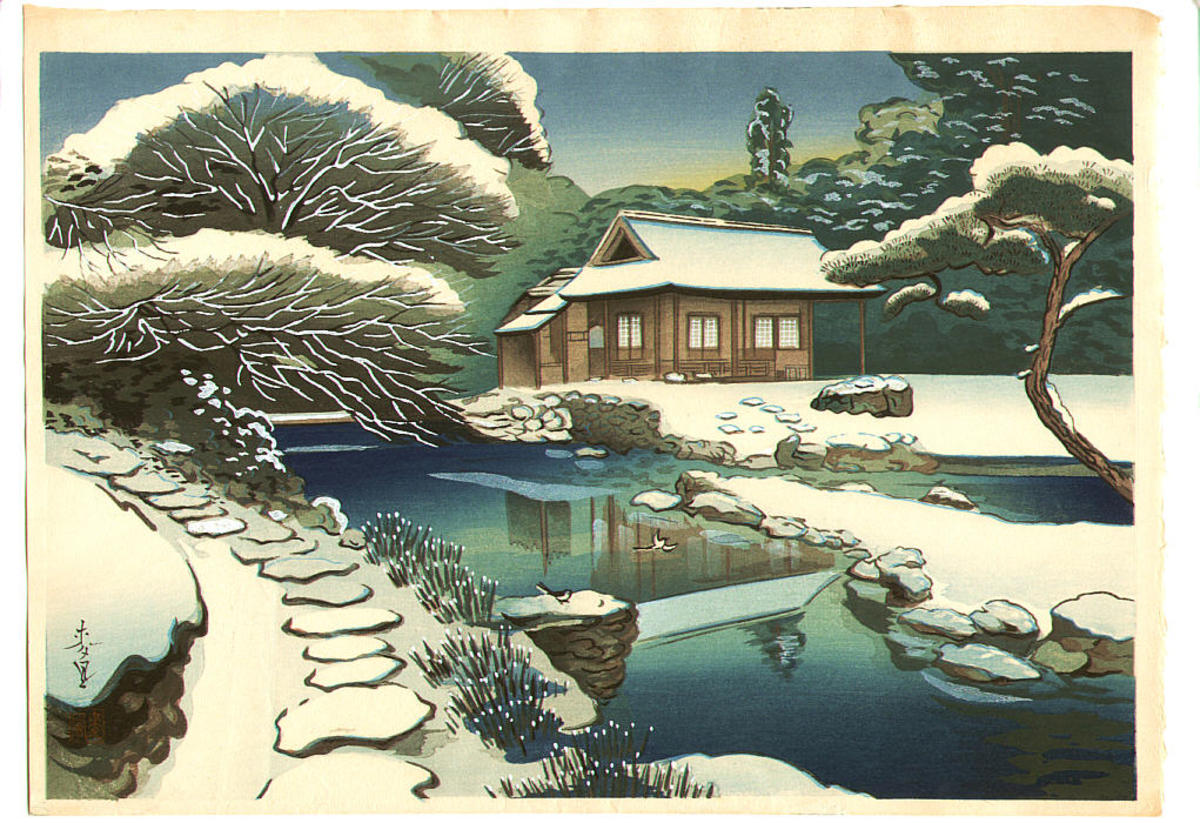
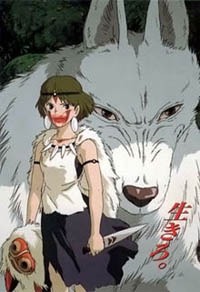
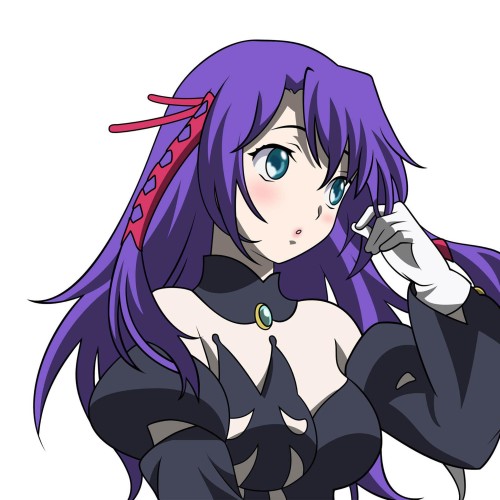
If you know it’s factually incorrect, then delete it.
I did! I suspect your browser cache hasn’t cleared or my site cache is slow to show the change.
Actually the setting is Korea. Their names are all Korean and their outfits also suggests otherwise. The setting is believed to be reminiscent of Silla and Baekje not China.
Thanks! I admit to being confused by China’s influence on Korean culture.
Yona of the Dawn is based on Chinese culture,Chinese hanfu,Chinese manchu clothing,Chinese architecture and Chinese landscapes.The background is a fictional Chinese style country.Yona of the Dawn uses a large number of Chinese elements,the ED song even uses Chinese instruments and Chinese lyrics.Stop using Chinese culture to beautify Korean history.Delete the misleading comments!!!
You aren’t wrong. The story also contains elements of Korean and Japanese culture too. To be fair to China, Korea and Japan, along with the other surrounding countries, often adapted Chinese dress and customs. Japan’s Heian period, for example, tried hard to copy the Chinese Imperial court’s mannerisms and dress, to the point where the Japanese imperial court wrote and read mostly in Chinese.
lol
https://twitter.com/mingyuerugu/status/1715676577676378285
https://anime.stackexchange.com/a/68394